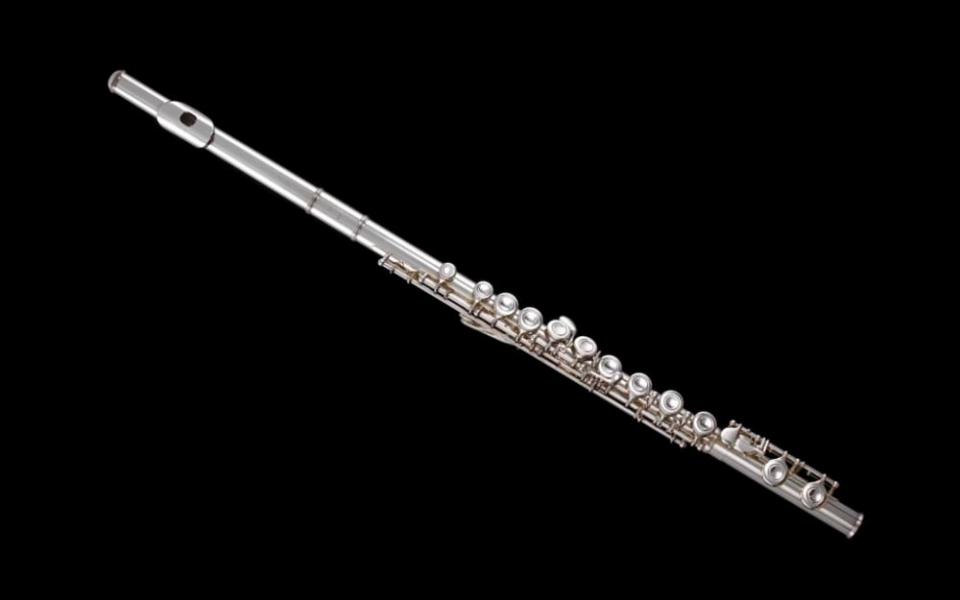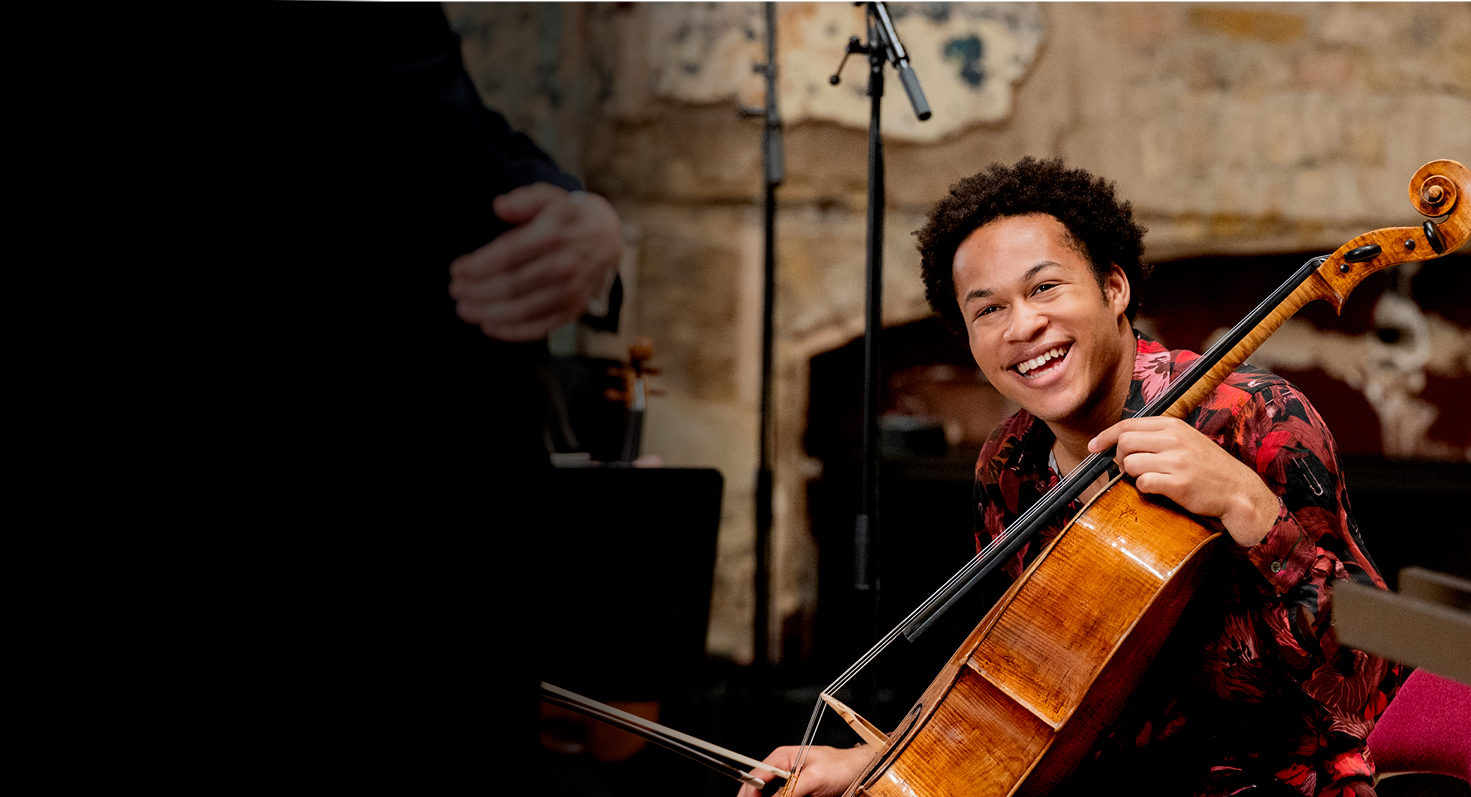Flute
The flute is perhaps the best known member of the woodwind family and flute solos are among the most magical moments in orchestral music.

The Principal Flute Chair is endowed by Norbert and Sabine Reis.
The No. 2 Flute Chair is endowed anonymously.
Endowment opportunities at the Philharmonia offer supporters unique access and insights to our players. Find out more here:
Introduction
As well as being capable of extreme virtuosity the flute can create beautiful sustained melodies. It also blends perfectly with all instruments and spends much of its time providing background colour to foreground activity elsewhere in the orchestra.
The flute is the highest pitched instrument of the woodwind section. In Bach’s time, back in the 18th century, recorders were used in the orchestra but gradually the brighter tone and increased power of the ‘transverse flutes’ replaced the recorder. In the 19th century flute technique really took off with the invention of the Bohem System, which is the set of metal keys and pads that cover the surface of the flute and enable far more complicated music to be played than was previously possible.
There are several flutes in common use in the orchestra: the C flute, the piccolo, the alto flute (in G) and sometimes the bass flute. Old flutes were made of wood, but most modern flutes are metal. Piccolos, on the other hand, are mostly made of wood to this day.
Construction
The modern, western concert flute is an instrument that has grown in design and stature over the last 200 years. It consists of three metallic sections, the head joint, the body and the foot joint, each of which is important in designating the functionality of the flute as a whole.
Range
The flute’s range covers three octaves. As with most woodwind instruments the range also divides into three different registers. Its lowest note is Middle C on the piano or sometimes the B just below if the player has a longer foot joint. The flute does not transpose – the music sounds as written.
The piccolo transposes by an octave – the music sounds an octave higher than written.


Frequency Range
261 Hz – 2.1 kHz
Tube Length
66 cm
More about the flute
Join us on Instagram
Keep up to date about online concerts, behind the scenes content and much more

Keep up to date
Sign up for email updates and be the first to receive stories, films and concert announcements

Support the Philharmonia
Enjoyed this content? We need your help to keep these resources free


